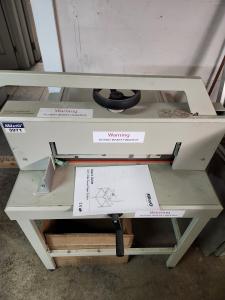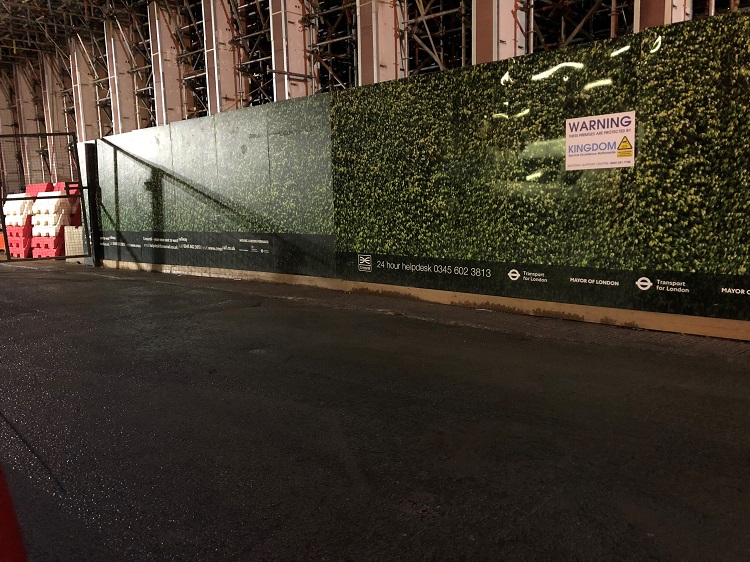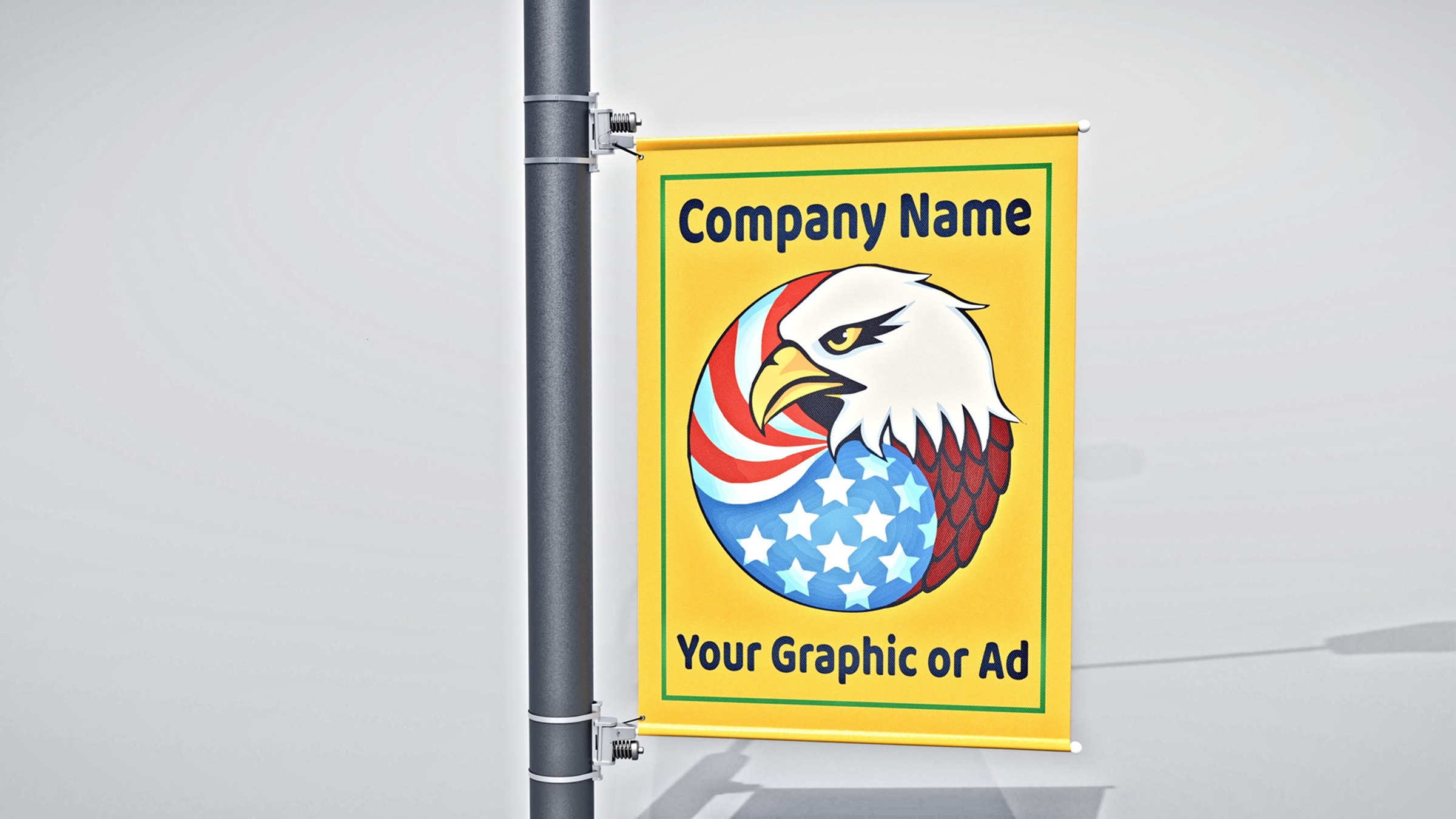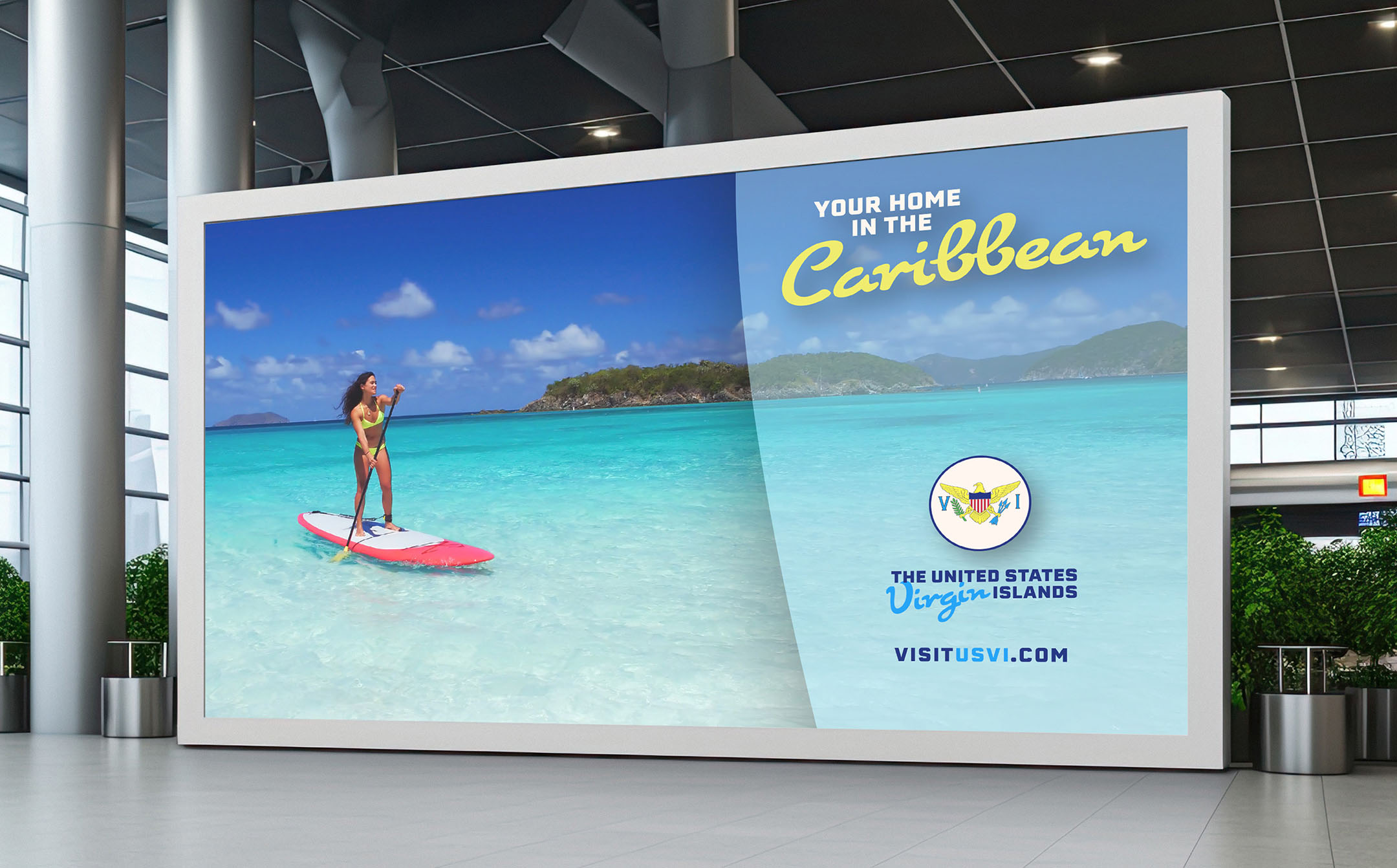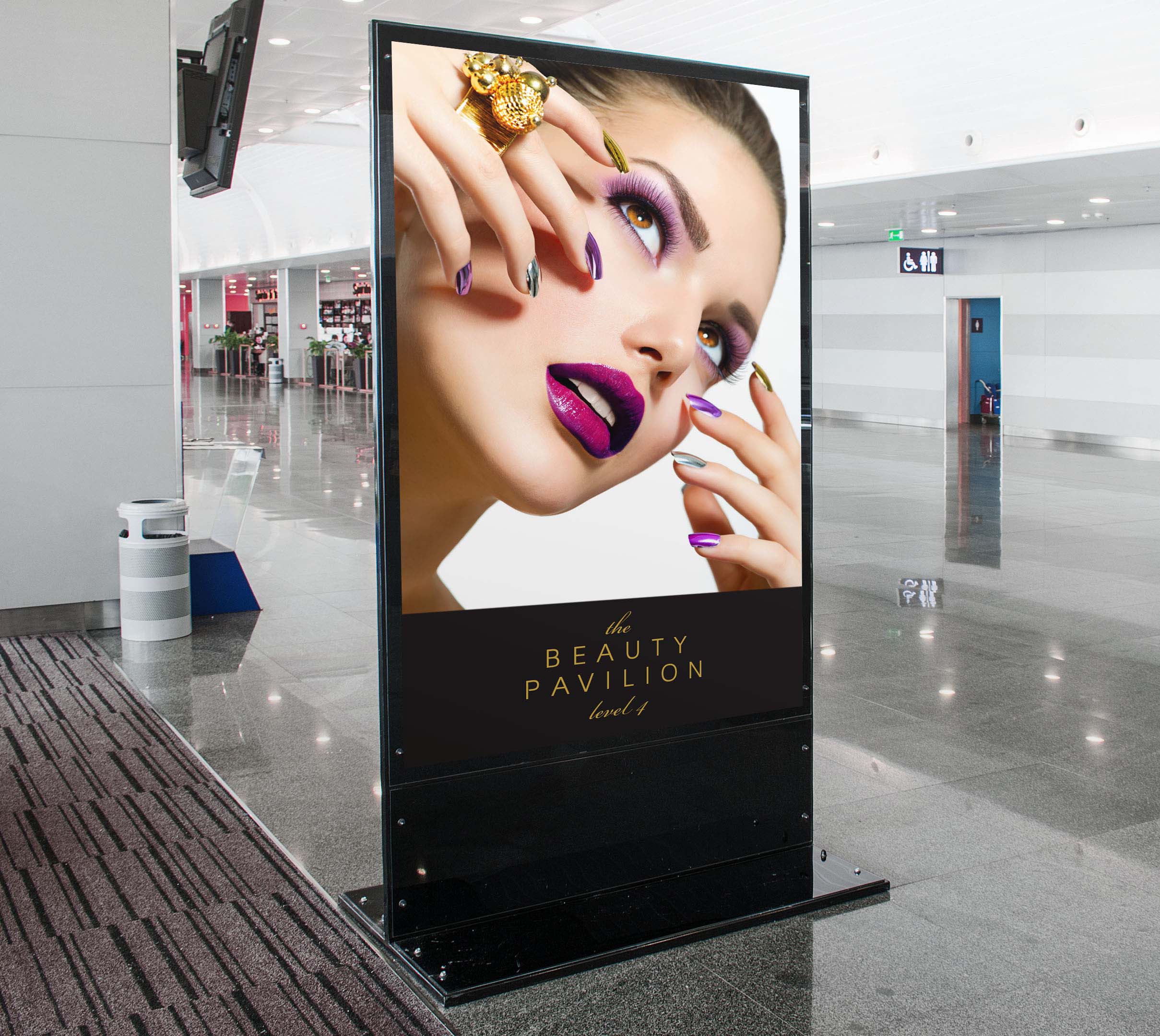Going beyond static wayfinding
What are the benefits?
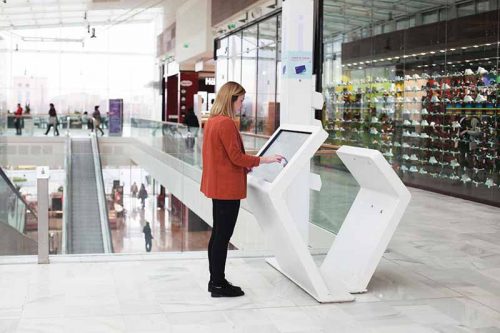
Wayfinding can also help provide valuable information regarding emergency and safety procedures. Having clear and direct information, directions, and policies, in case of an emergency, can assist in ensuring the safety of all customers and employees. In addition, wayfinding can help provide cost savings through up-to-date safety information that is publicly available. This helps to avoid fines or even legal repercussions, as well as protecting efficiency if emergency personnel need to be directed around or to
a specific location on a property.
Accessibility also ensures every customer can be reached and assisted, guaranteeing their experience is accommodating to their needs. More than simply directing routes to elevators or avoiding stairs, being able to showcase clear and concise routes with helpful symbols can eliminate any language or cultural barriers that may exist.
On digital wayfinding platforms, directions can be easily translated into a number of languages, and visuals can assist with the hearing impaired, allowing for ease of use for every user.
When wayfinding is properly implemented, there is a clear return on investment (ROI) for businesses. Static signage in different types of venues used to be the norm. This signage can be expensive to create, and even more expensive to update, as frequently as required due to changing circumstances. That said, digital platforms allow businesses to ensure the most up-to-date information is displayed to visitors. In the retail industry, shoppers are able to get to their destination faster (and in better moods), allowing them to spend more time in the stores. In hospitals, employees spend a significant portion of time providing directional assistance. By implementing a self-serve platform for patients and visitors to find their location, employees are able to spend their time more effectively.
How does it affect the user experience?
Wayfinding not only helps people get where they need to go, but can also be part of a larger, holistic approach to interaction and customer experience. For instance, think of wayfinding as another means of interacting with customers, a touchpoint to directly affect their experience. Removing frustrations and streamlining their journey to and through an organization can have a number of implications on their perspective of a brand. It can improve their overall perception, allow them more time to explore the location, its product offerings, or even increase their purchase via add-ons and recommendations.
User experience (UX) refers to the overall design of a product or service; however, it is more than this. UX covers every way a customer interacts with a brand—even at the psychological level. How brands are presented has psychological implications, including reactions to the design and actual use of a product; therefore, it is key to have a clearly outlined plan for the entire process.
By streamlining user experiences through physical- and digital-brand touchpoints—fully capturing every touchpoint possible allows users to form a connection with a brand before, during, and after their interactions. Leveraging this increase in brand equity is crucial.

